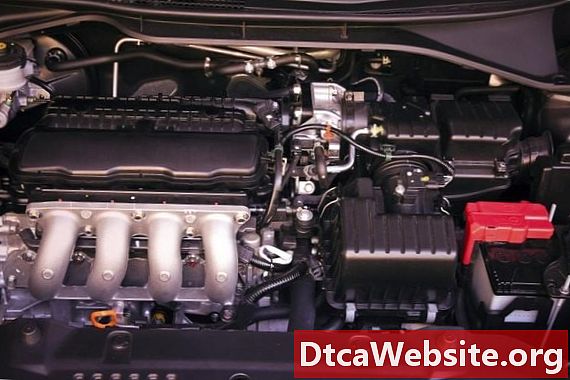
Contenu

Horsepower is most often used to describe the maximum rate that power is applied in internal-combustion engines. The engines output relies on many factors, including the type of fuel, how well tuned the engine is, and the amount of horsepower. Engine output is often measured in cubic centimeters, and converting cubic centimeters (cc) to horsepower (hp) requires some creative math.
Cubic Centimeters
Cubic centimeters is a measure of volume that is used to describe the total volume of air/fuel mixture that the pistons in the engine displace. Engines that have the capability of displacing a higher volume of air and fuel have more power. Lower powered vehicles displace between 1,000 and 2,000 cubic centimeters, whereas higher powered vehicles displace between 7,500 and 8,200 cubic centimeters.
Counting Your Horses
Horsepower is a measure of the amount of work that an engine can perform and takes into account how efficiently engines do that work. The term horsepower comes from James Watt, who estimated that 33,000 foot-pounds of work could be performed by the average horse in one minute. In other words, if a horse pulled a load of 3,000 pounds, it could go 11 feet every minute. Every unit of horsepower that an engine has represents 33,000 foot-pounds of work. An engine with 500 horsepower could perform the work of 500 horses, which would equal 16,500,000 foot-pounds of work.
Basic CC to HP Conversion
Because cubic centimeters is a measure of volume of displacement and horsepower is a measure of work output, there is no direct conversion between the two. Correlative examples illustrating the cubic centimeters and horsepower of several different engine types, however, reveal that there is approximately 15 to 17 cubic centimeters of displacement for every unit of horsepower. Generally speaking, a 500-horsepower engine will displace somewhere around 8,000 cubic centimeters of air and fuel.
Considerations
It is important to note that there is not a one-size-fits-all conversion between cubic centimeters and horsepower for internal combustion engines. Some engine types have a nearly one-to-one cubic-centimeter-to-horsepower ratio. At the opposite end of the spectrum are big, 14-cylinder ships turbo two-stroke diesel engines, which have about 234 cubic centimeters of displacement per each unit of horsepower. These measurements are influenced by several factors, such as number of pistons, how well tuned the vehicle is, the grade of fuel being used and how efficiently the vehicle uses that fuel.


